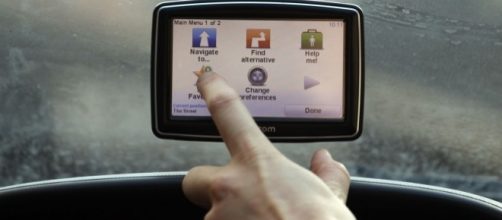Future driving tests overseas will require potential drivers to prove they can safely use a GPS device on the road. With the emergence of navigation devices and apps going mainstream in today's motor vehicles, whether they're built into the dashboard, mounted, or just Google Maps on a smartphone, safety regulators in the United States could updating their requirements to reflect this if it proves successful elsewhere.
If the driver can't prove they can safely use the device or service, they might not get their license. Unfortunately, as the "smart device" era emerges even more strongly, there is also the increased chance that motorists will depend too much on the device and take their eyes off the road to stare at the device.
The number one rule of driving is to keep your eyes on the road
If you're looking at a cell phone or other device while you're moving in a motor vehicle, you are a danger to yourself and others. You are behind the wheel of anywhere from a ton or more of metal traveling at dangerous speeds, even if you're taking it slow. A truck moving at 20 miles per hour can still kill and cause serious injury.
It only takes a second of delayed reaction to cause an accident, and that second could be the one you used to check your navigator's route. The recommended use of a GPS device of any kind is to set the destination, select the route you want to take, and then make sure it's set up before you even shift into anything but Park.
Once the vehicle is in motion, you need only listen to the directions, and maybe glance over to read the recommended turning directions. If that takes a while, slow down or pull over.
The upcoming changes will keep safety at the forefront, say experts
Forcing drivers to prove they can safely use the technology before even getting a license is expected to cut down on the number of automobile accidents. If proven effective, we might see this becoming the standard across the globe. There are already laws in place for seatbelts in the United States, and most of those states make it illegal to have a phone in your hand while you are behind the wheel.
It's unknown how a law like this will work if Tesla and other manufacturers working on self-driving cars manage to start making driverless taxis available.
They might even go hand in hand, a way for people to get around if they can't get a license.
However, as San Francisco has already proven with Uber, driverless taxis might not be the safest alternative. In the end, it's probably better to simply have a human behind the wheel to take control, and they should probably be familiar with gps satellite navigation.

